- About SmiRac
- Our Services
Integrated Facility Services
Cleaning and Building Maintenance Services
Ground Maintenance
- Who we Serve
- Join Us
- Investor
- Location
- Knowledge Center

Regular inspections, cleaning, and minor repairs to prevent equipment or infrastructure breakdowns and to keep everything in good working condition.
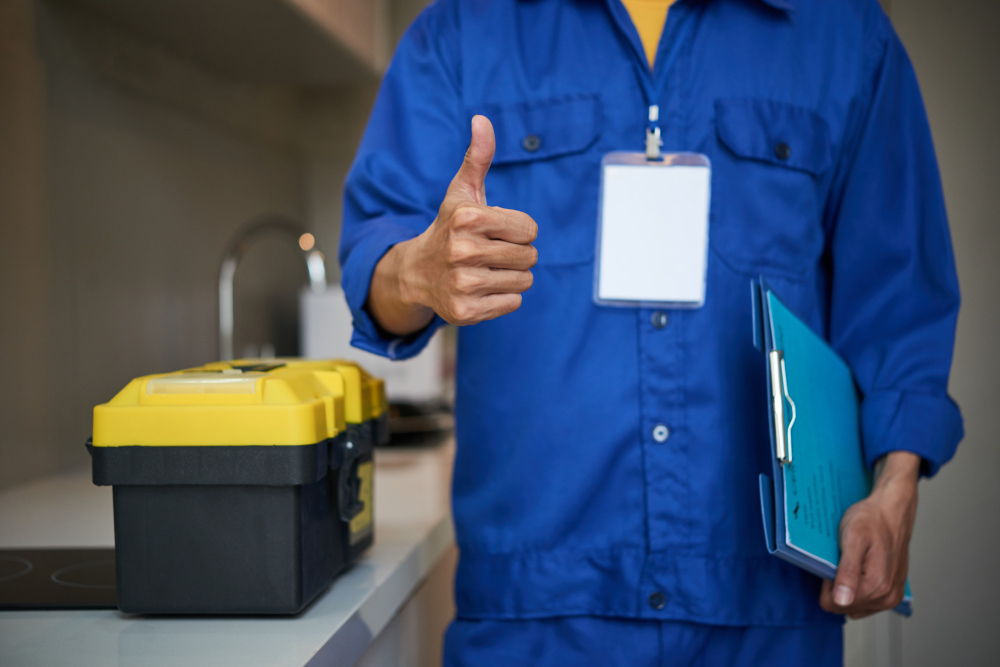
Scheduled maintenance tasks performed at regular intervals to prevent potential issues and prolong the life of equipment. This may involve changing filters, lubricating moving parts, and conducting thorough inspections.
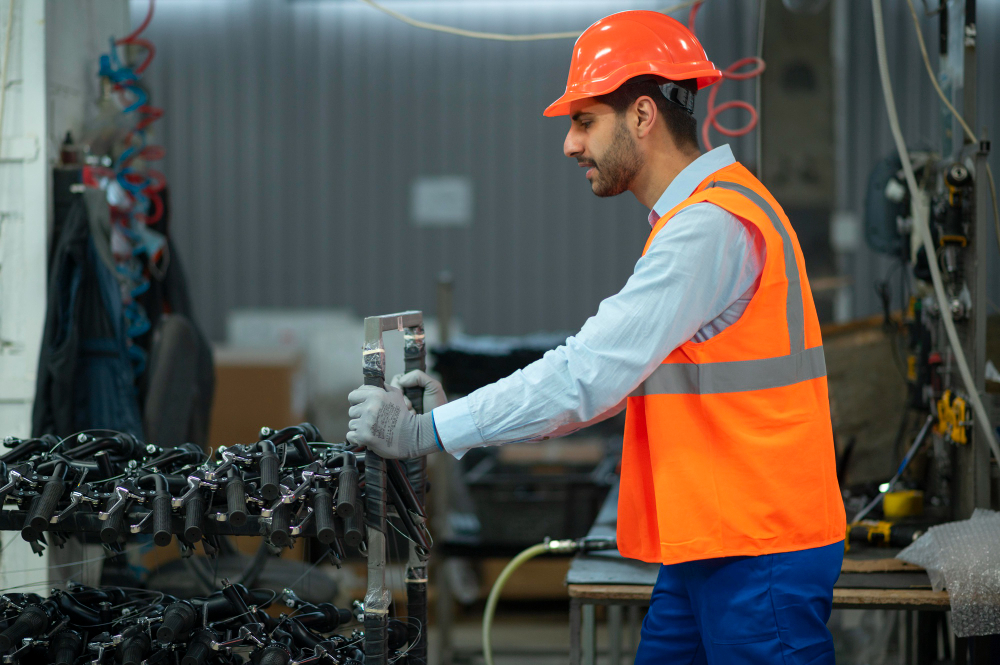
Addressing unexpected breakdowns or malfunctions promptly to minimize downtime and operational disruptions. This involves repairing or replacing faulty components.
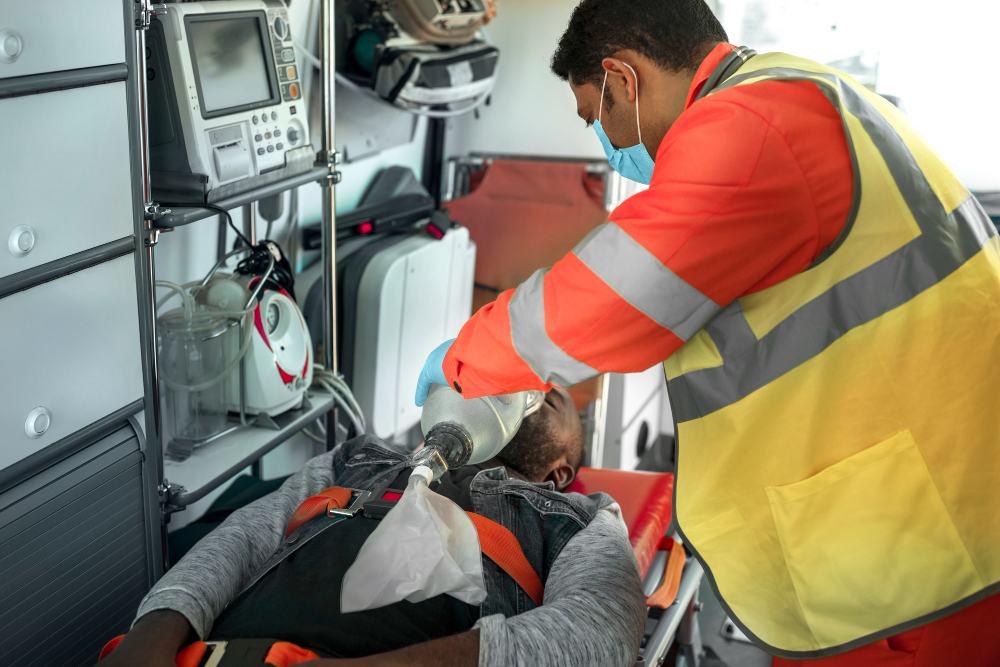
Being prepared to handle unforeseen emergencies, such as power outages, leaks, fires, or natural disasters. Having well-defined protocols and response plans is critical.
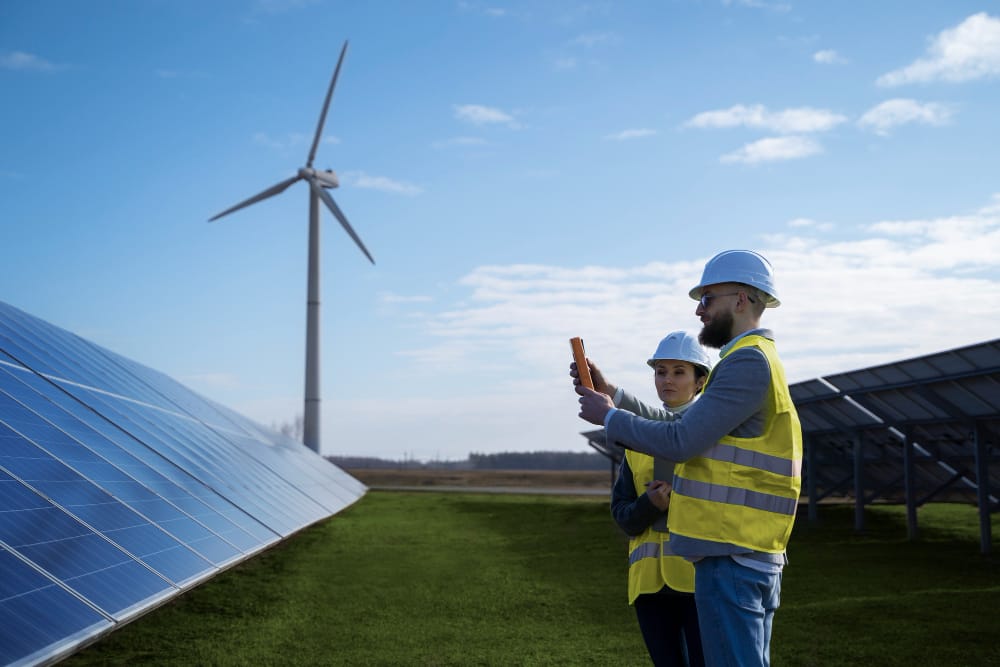

Efficiently allocating and utilizing space within a facility, taking into consideration factors like occupancy rates, departmental needs, and safety regulations.
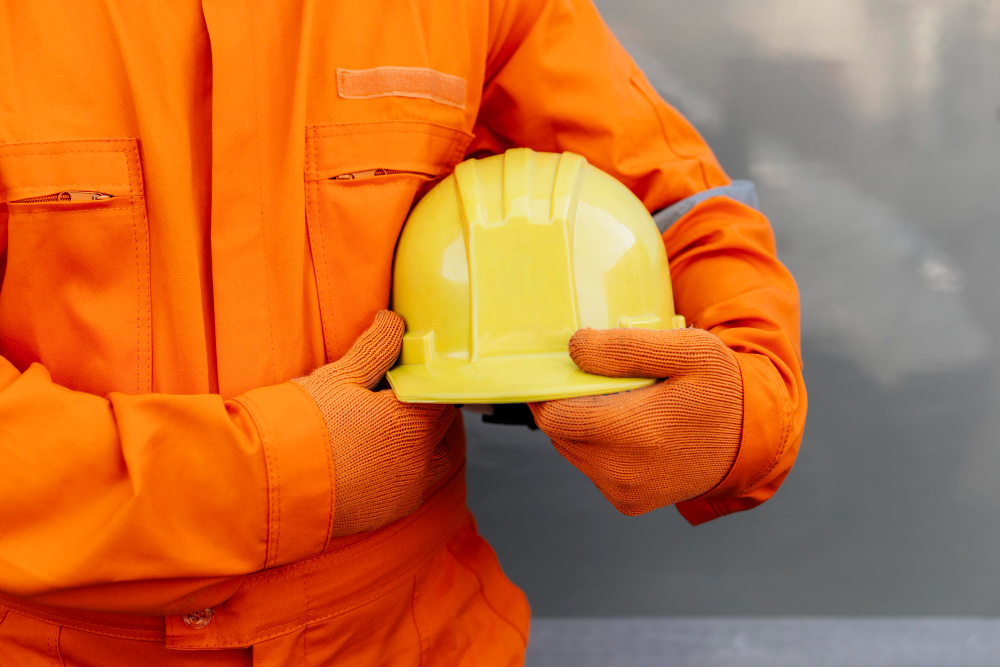
Ensuring that the facility meets all safety regulations and standards. This includes fire safety, emergency exits, ventilation, and other safety measures.

Incorporating environmentally friendly practices into facility management, such as waste reduction, recycling programs, and renewable energy sources.

Coordinating and overseeing external contractors and service providers who may be involved in maintenance and repair activities.

Maintaining accurate documentation of maintenance schedules, repairs, equipment history, and compliance with regulations. This documentation is valuable for future planning and audits.

Developing long-term plans and budgets for major upgrades, renovations, or replacements of equipment and infrastructure.

Providing training to facility staff on safety protocols, equipment operation, and maintenance procedures.